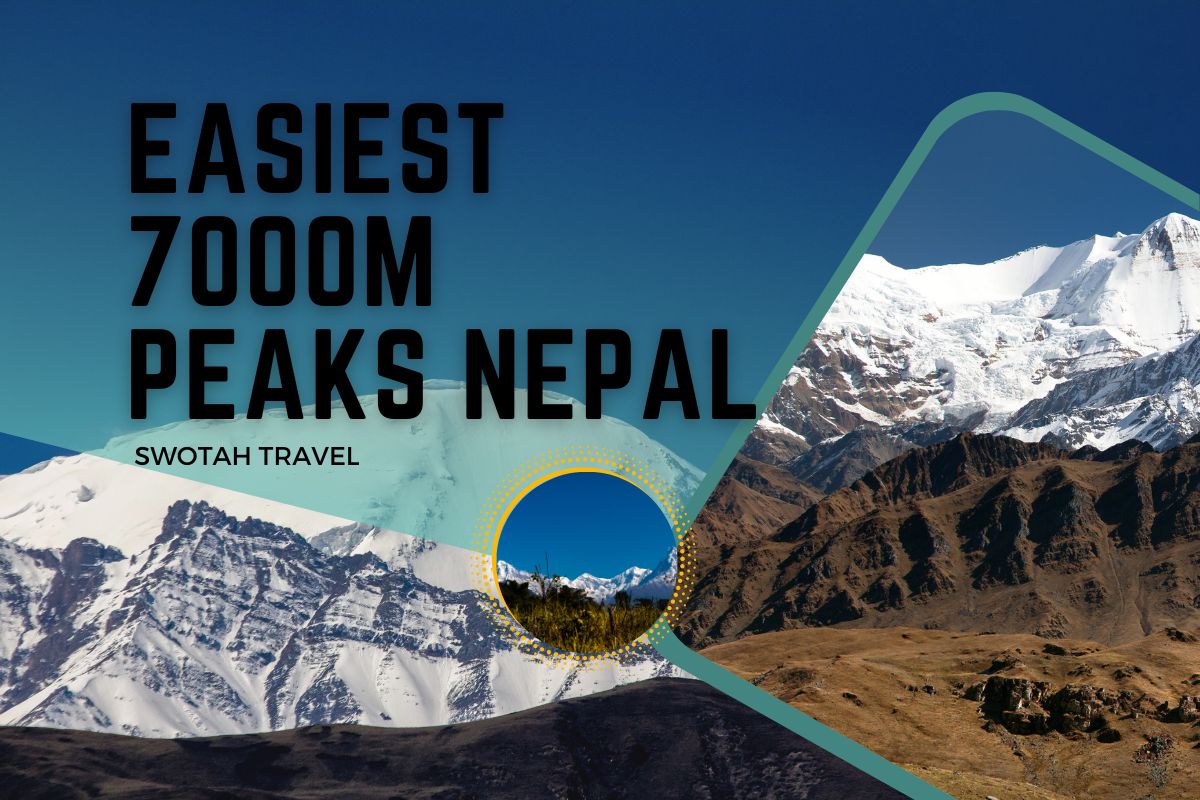
Easiest 7000m Peaks Nepal

Easiest 7000m Peaks Nepal
swotah travel
9069
08, 01 2023
So you know that Nepal is a place of high-altitude mountains. You have already read it's home to 8 peaks over 8000 meters, but what about the peaks around 7000 meters? Want to know about them too?
Here are some of the easiest to moderate 7000-meter peaks in Nepal that you should know in 2023.
Lhakpa Ri Peak - 7,045 Meters
Lhakpa Ri is a mountain peak located in the Himalayas. It is situated on the north side of Mount Everest in the Solu-Khumbu region of Nepal. The peak stands at 7,005 meters (22,982 feet) above sea level. It is a popular destination for mountaineers and climbers, as it offers challenging technical climbing routes and spectacular views of the surrounding mountains.
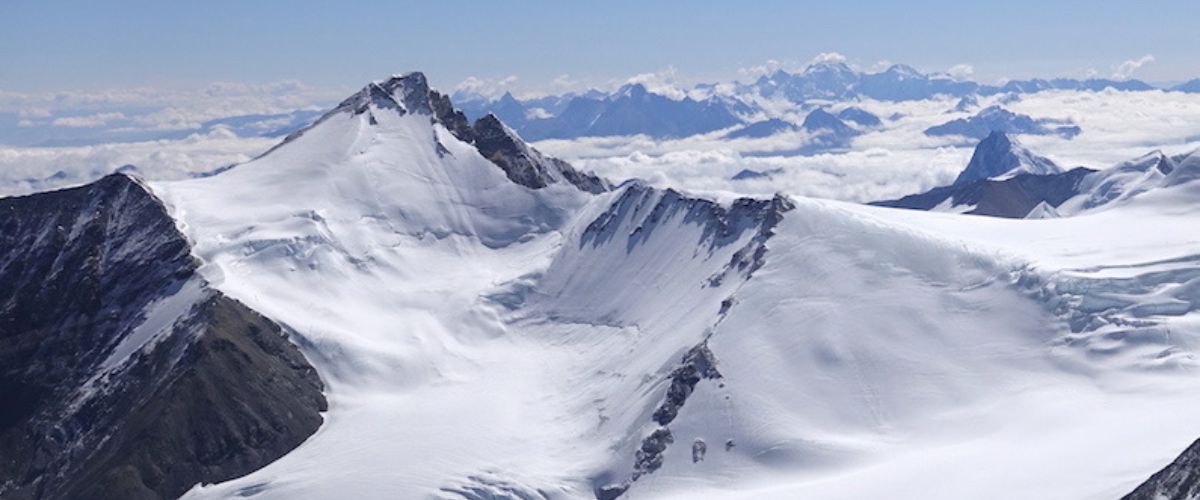
Lakpa Ri was first climbed by the British climber George Mallory. Since then, it has been climbed by many other groups worldwide. The climbing season for Lhakpa Ri typically falls between April and May, when the weather is more favorable.
Putha Himchuli Peak - 7,246 Meters
Putha Hiunchuli is one of the popular peaks of the Dhaulagiri mountain range in Nepal, reaching an elevation of 7,246 meters (23,770 feet). It sits in the western part of Nepal, near the border with Tibet.
The mountain was first climbed by Jimmy Roberts and Ang Nyima Sherpa, and it has since become a popular destination for mountaineers and trekkers.
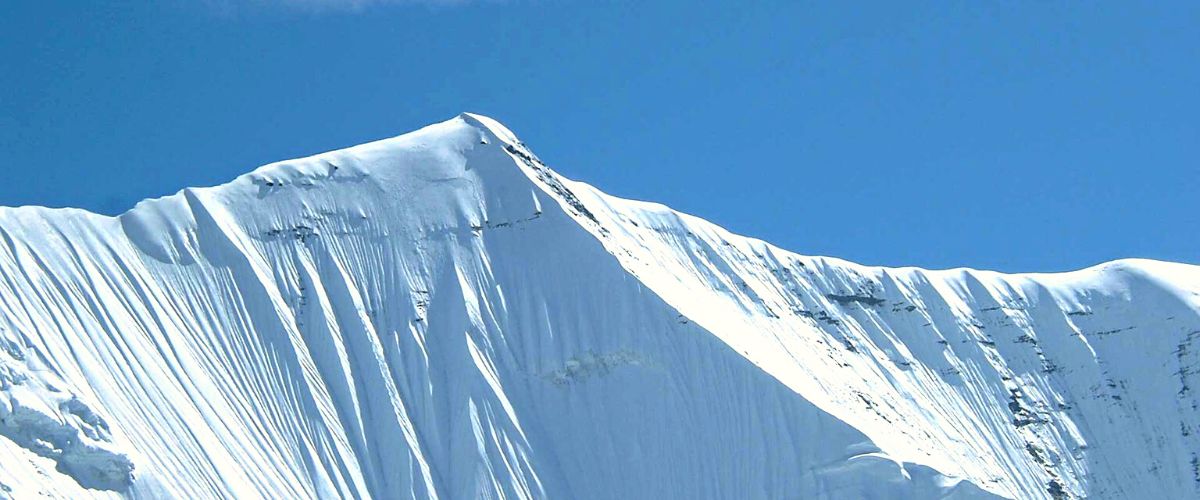
The climb to the summit of Putha Hiunchuli involves technical rock and ice climbing and is considered a challenging and demanding route. It is typically climbed as part of a more extended expedition to the Dhaulagiri massif, which includes several other peaks in addition to Putha Hiunchuli. The best climbing time is in the spring, when the weather is typically more stable, and the snow conditions are better.
In addition to its challenging climbing routes, Putha Hiunchuli is also known for its stunning views of the surrounding Himalayan mountains, including Annapurna, Dhaulagiri, and Manaslu. It is a remote and isolated peak, and the region is home to various wildlife, including the snow leopard, blue sheep, and Himalayan black bear.
Tilicho Peak - 7134 Meters
Tilicho Peak is a mountain in the Annapurna range in Nepal. It stands at an elevation of 7,134 meters (23,405 feet) above sea level and is one of the highest peaks in the Himalayas. It is located in the Manang District of Nepal, near the border with Tibet.
You can reach there as you start your trek from Annapurna Circuit, taking you to Tilicho Lake and, finally, Tilicho Peak.
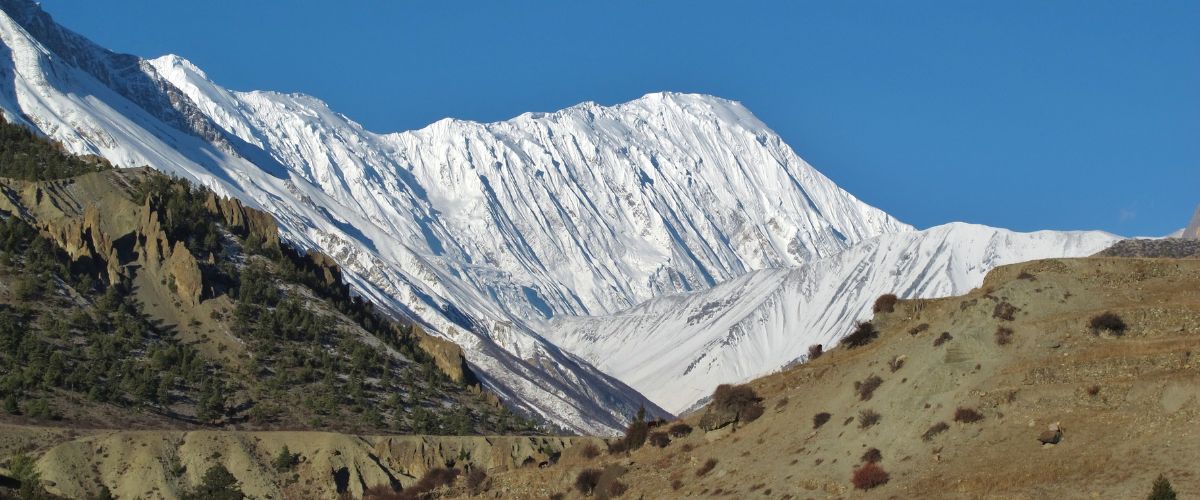
The first ascent to the peak was done by the French climber Emanuel Schmutz in 1978. Later in 1982, three climbers; Ang Serky, Dawa Gyalzen and Serky Tshering led a winter summit campaign which they made successful - it is said that it was the first all-Sherpa mountaineering expedition.
There are three high camps; Camp 1 (5800 meters), Camp 2 (6200 meters), and Camp 3 (6600 meters).
The interesting fact about the summit of Tilicho Peak is that it has only been climbed via the northwest shoulder- other routes are yet to be unveiled.
Gangapurna Peak - 7,454 Meters
Gangapurna is a peak in the Annapurna range of the Himalayas in Nepal. It is located about 10 kilometers north of Annapurna South and has an elevation of 7,455 meters (24,459 feet). Gangapurna is a famous mountain for climbing and has several routes to the summit.
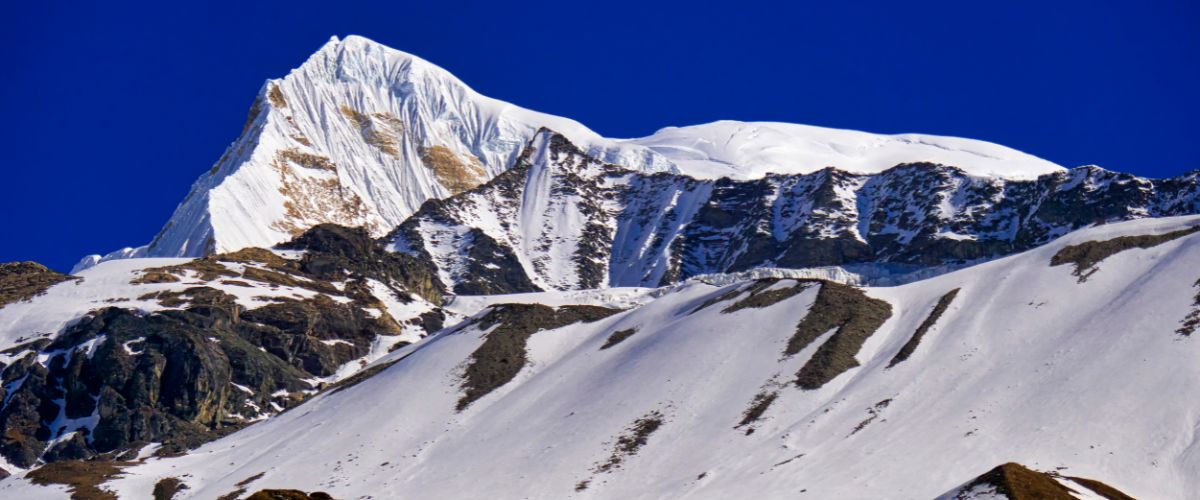
You will start your journey from the trails of Chamje to Manang, which passes through Pisang and Dharapani.
Gangapurna peak is often climbed as part of a trek through the Annapurna region, known for its beautiful landscapes, diverse culture, and challenging hikes. Several base camps and high camps are established along the way to the summit, providing a place for climbers to rest and acclimatize.
The best time to climb Gangapurna is between October and November, when the weather is generally the most stable.
Baruntse Peak - 7,162 Meters
Baruntse is a mountain in the Himalayas of Nepal. It is located in the Solu-Khumbu region, also home to Mount Everest. The mountain has two main peaks: Baruntse Central (7,129 meters/23,389 feet) and Baruntse South (7,010 meters/22,989 feet).
The mountain is considered a challenging climb, requiring technical ice and rock climbing skills. It usually climbs via the southeast ridge, crossing the Hunku Glacier and the Barun Glacier. Baruntse is part of the Makalu-Barun National Park, home to various flora and fauna, including the endangered snow leopard.
The mountain is popular with mountaineers and trekkers, and the area around it offers beautiful views of the surrounding peaks, including Makalu, Lhotse, and Ama Dablam.
Api Himal - 7,132 Meters
Api Himal is one of the famous peaks in Sudhurpashchim Pradesh of Nepal. It sits in the Byas-Rishi mountain range and stands at the altitude of 7132 meters above sea level.
The first ascent to the peak was done by a Japanese climber Katsutoshi Hirabayashi along with Nepali Sherpa Gyaltsen Norbu Sherpa.
The Api Himal is a popular destination for trekkers and climbers, with several trekking routes leading through the region. You can start your expedition to Api Himal by taking a flight to Nepalgunj and following the route of Darchula-Syaku-Gati Bagad-BC/Baitadi-Gokuleswar-Ghunsa-BC.
Himlung Himal - 7,126 Meters
Himlung Himal is a mountain in the Nepal Himalayas, located in the western part of the country. It has an elevation of 7,126 meters (23,359 feet) and is located in the Annapurna Himalayan range.
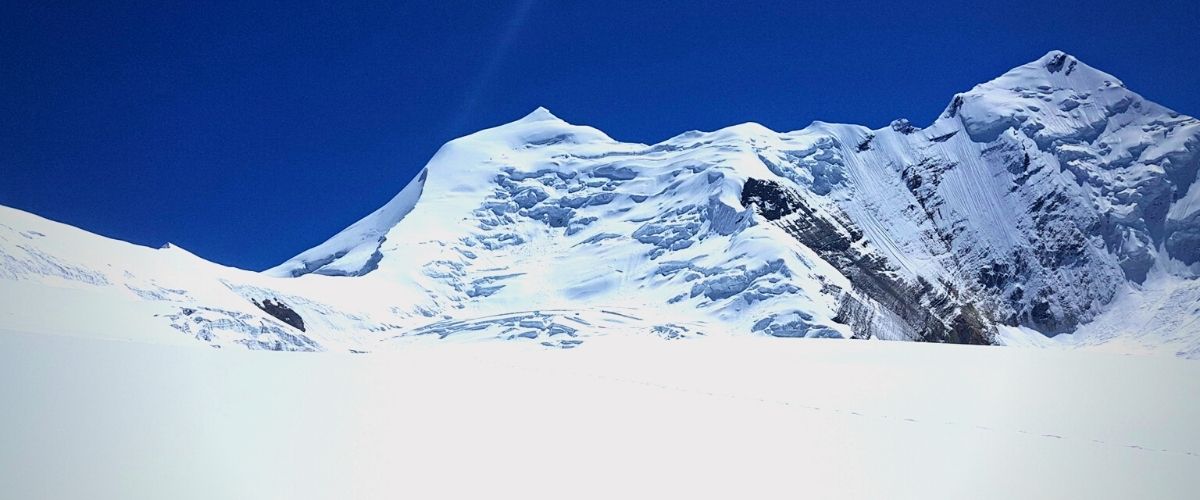
There are several routes to the summit of Himlung Himal. The most common route is the Northwest Ridge, which starts from the village of Koto and follows a series of ridges and glaciers to the summit. Other routes include the South Face, which is more technically challenging and requires advanced climbing skills, and the Northeast Ridge, less frequently climbed.
Regardless of the route, climbing Himlung Himal requires a high level of physical fitness, technical expertise, and proper equipment and supplies. It is important for climbers to be well-prepared and to acclimatize to the high altitude before attempting the summit.
Nuptse Peak - 7,861 Meters
Nuptse is a mountain in the Himalayas in Nepal. It is the western peak of the Khumbu massif, which lies in the Solu-Khumbu region of Nepal. The mountain is known for its challenging climbing routes, and many mountaineers have climbed it over the years.

There are several routes to the summit of Nuptse, including the Southwest Ridge, the West Face, and the Northeast Ridge. The Southwest Ridge is the most popular route, and it involves climbing up the ridge from the south side of the mountain. The West Face route is a more technical climb, consisting of ascending the steep west face of the hill. The Northeast Ridge route is the longest and most difficult of the three, and it involves climbing up the ridge from the mountain's north side.
Climbers must be prepared for the possibility of a harsh climate since the routes are subject to extreme weather conditions, and climbers must be prepared for the possibility of encountering high winds, snow, and cold temperatures. As with any mountaineering expedition, climbers must be properly equipped and trained before climbing Nuptse.
Mount Saipal - 7,031 Meters
Saipal is a western Nepal mountain located in the Dhaulagiri Himalayan range. It is the highest peak in the west part of the range and has an elevation of 7,031 meters (23,059 feet).
There are several known routes for climbing Saipal, but the details of these routes may vary depending on the source of information. Some common starting points for climbing Saipal include the town of Beni and the village of Darbang.
Annapurna IV - 7525 Meters
With its name you can know that Annapurna IV sits in the Annapurna range. It stands at an altitude of 7525 meters. Though it is considered the less dangerous mountain in Annapurna Range, the mountain is one of the rarely climbed mountains of Nepal, which has 3 camps before the summit.
Annapurna IV was first climbed by the German team led by pro climber Heinz Steinmetz.
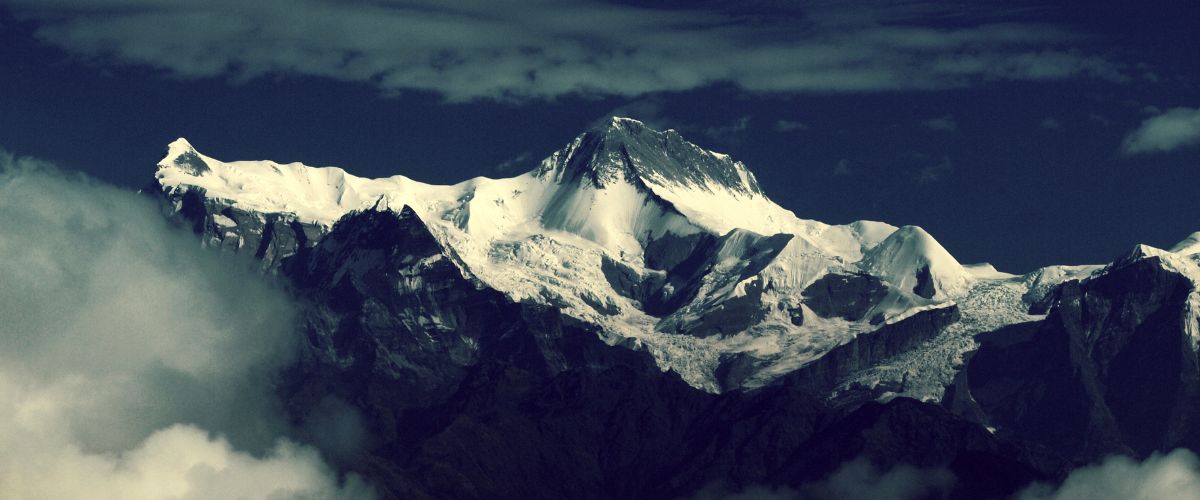
Annapurna IV is basically climbed from the Manang side, and the important thing to remember is that the inclination of the mountain is 65 - 70 degrees. It has a fixed rope system that trails for around 500 meters until Camp 1.
Similarly, you will have to climb 1000 meters of steep routes with a fixed rope system to reach Camp 2 and 1300 to 1500 meters to reach Camp 3.
NEWSLETTER SIGNUP
Sign up to receive our trip ideas and travel offers!
Get updates and Exclusive Offers up to 20% Discount








